psyche
Latest
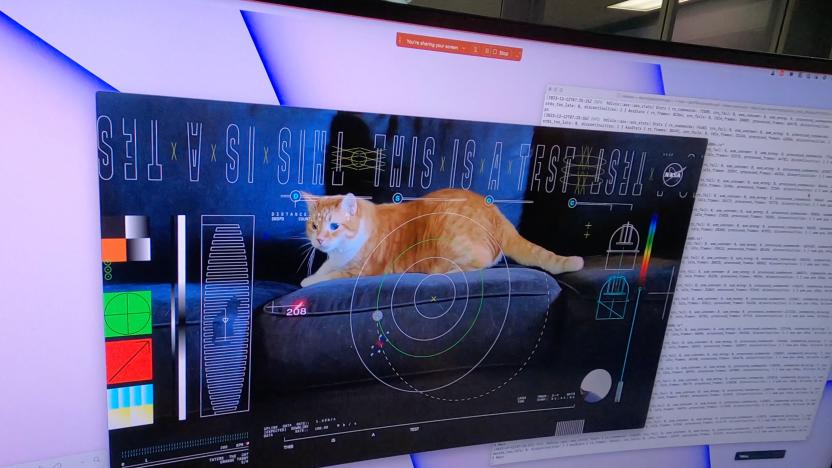
NASA beamed a video of a cat named Taters from deep space to Earth
On December 11, NASA successfully beamed an ultra-high definition video from the Psyche spacecraft to Earth. At the time, Psyche was about 19 million miles away. The video signal was received 101 seconds after it was sent.
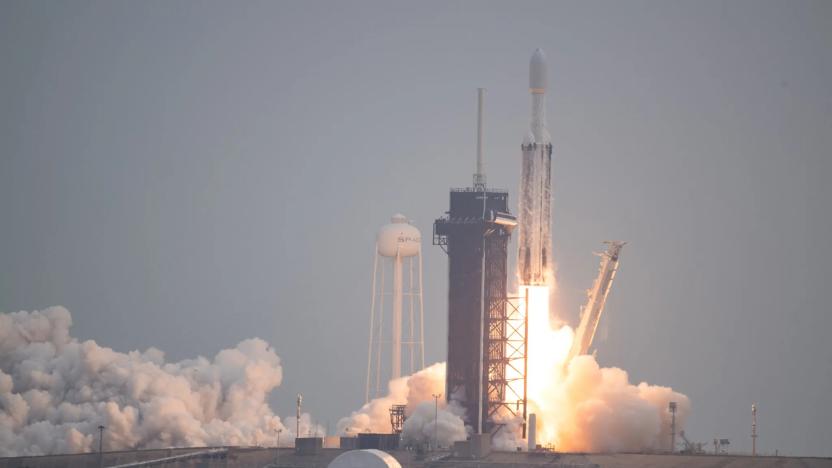
NASA’s Psyche spacecraft embarks on a six-year journey to its asteroid namesake
NASA’s Psyche spacecraft has embarked on a six-year, 2.2-billion-mile journey to study an asteroid of the same name. Psyche the asteroid is estimated to contain clues to planetary formation in the early Solar System.
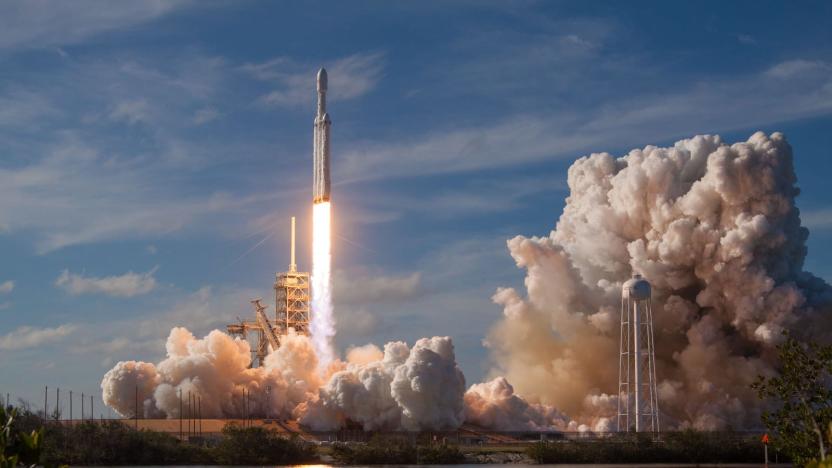
NASA's Psyche asteroid mission will use a SpaceX Falcon Heavy rocket
SpaceX has won the contract for NASA's Psyche mission, and it's using the Falcon Heavy rocket to launch the spacecraft and ferry it to its target asteroid. NASA first approved plans to visit Psyche back in 2017 before finalizing them last year.
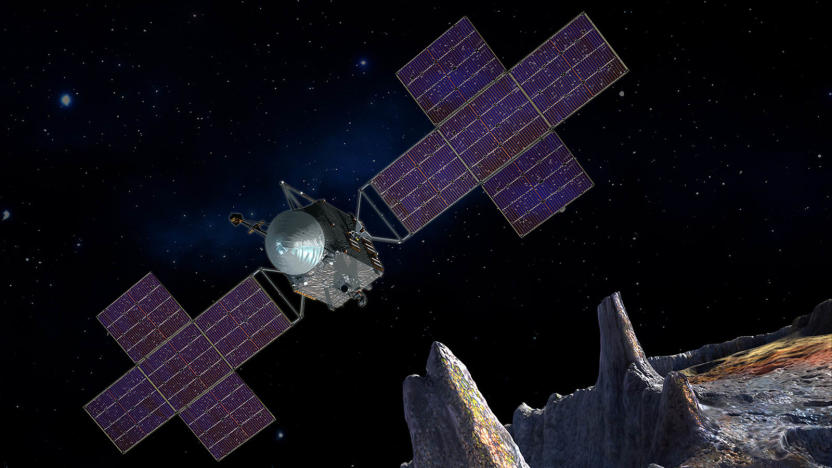
NASA makes final plans for its 2022 mission to visit an all-metal asteroid
In less than a decade, we might finally be able to unravel the mysteries surrounding Psyche, an asteroid that's believed to be composed mostly of iron and nickel. NASA is gearing up to explore the metallic asteroid, giving the Psyche mission the go-ahead to enter its final design and fabrication phase. The means the Psyche team will now begin developing detailed plans for the spacecraft and its science missions, as well as completing the spacecraft's testing and assembly.
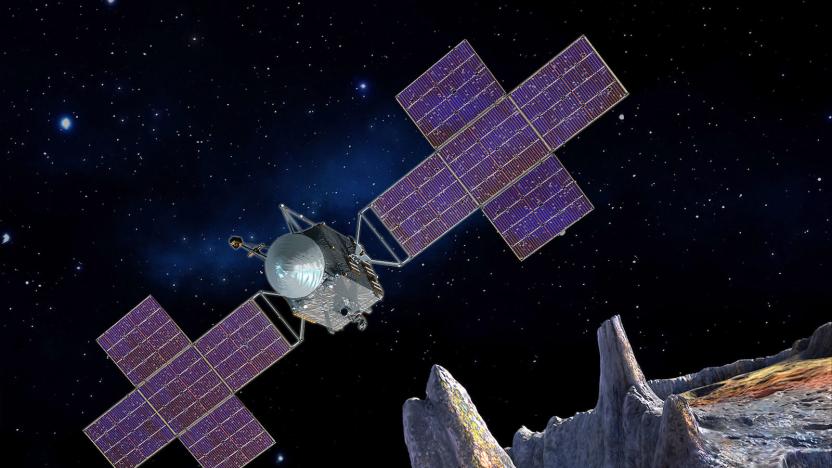
NASA probe on a fast track to reach metallic asteroid
While NASA's plans to put humans on Mars have suffered recent setbacks, its unmanned robotic programs are achieving milestones on a daily basis. Earlier this year, NASA announced that it had approved a mission, Psyche, to the asteroid belt. Today, the organization announced a shift in Psyche's launch schedule -- with big ramifications. Psyche 16 is a metal asteroid that may be the remnant of an early planet core. By studying the asteroid, scientists hope to learn more about Earth and the development of planets in our solar system. The mission was originally slated for liftoff in 2023, with arrival at the asteroid Psyche 6 in 2030. However, NASA directed the team to research whether an earlier mission would be feasible. After studying possible trajectories, they determined that launching one year early—in 2022—would shave four years off the spacecraft's journey. It's now expected to arrive at Psyche 6 in 2026.
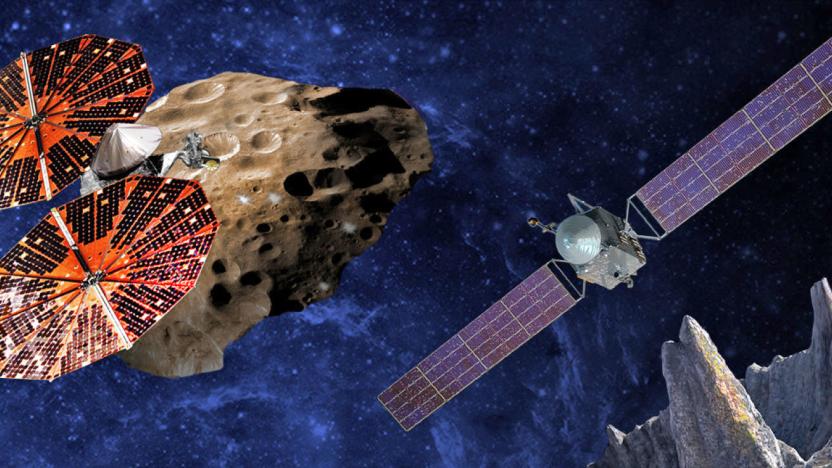
NASA announces two new missions to study the early solar system
Right behind yesterday's Explorer mission announcement, NASA has just announced two new Discovery missions to study the very early history of our solar system -- the period about 10 million years after the hydrogen and helium in the sun burst into life. Known as Lucy and Psyche, the two missions will peer back in time by analyzing several metallic asteroids floating in the main asteroid belt and further out in Jupiter's orbit.

MMOGology: Identity crisis
Ed Norton is a mild mannered claims adjuster. He's a friendly fellow and a model employee. He's never late to work. He keeps his workspace nice and tidy. He always speaks in a pleasant and clear manner during staff meetings and never raises his voice. But underneath the freshly pressed shirt and polished shoes lies something sinister. Mr. Norton has a dark secret. As night falls on the quaint suburbs where Ed resides, a blue-white light flickers in the otherwise dark bedroom of his modest home. Ed hovers in front of his PC's monitor; the glare reflecting eerily off his horn rimmed glasses. He smiles wickedly as World of Warcraft finishes loading. Suddenly, Ed undergoes a hideous transformation. His perfectly shellacked hair becomes a wild jungle of frizz. His eyes sink back into his skull. A demonic, green light leaks from between his pointed teeth. Ed has become Durden, the blood thirsty, undead warlock. Using his epic staff of carnal destruction, Durden reaps the souls of his victims with reckless abandon, laughing at their pathetic pleas for mercy. He is guildmaster and raid leader and wields ultimate power. All shall obey his commands or be forever be exiled from his presence.Does this sound like you? If so, please seek psychiatric help immediately. While most of us don't undergo the dramatic personality change illustrated by Mr. Norton when playing our favorite MMOG, many of us do have an online persona quite different from the one we present to the real world. Akela Talamaska's recent post about the Daedalus Project lead me to a fascinating survey that examined player role reversals. The survey highlights several different scenarios in which the roles of the players are completely inverse from the roles they play in real life. What are some of these roles swaps and how do they tie into our personalities? Why do we chose to act they way we do in our virtual worlds? Find out after the break!



